Tag Archives avian influenza
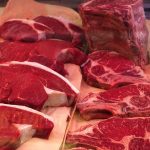
Colombia restricts US beef from some states due to bird flu in cows
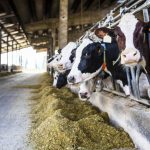
US requires bird flu tests for dairy cattle moving between states
Cattle without symptoms have tested positive; Meat Institute calls for safety checks on beef
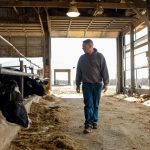
Several factors favour bovine influenza A detection on dairy versus beef farms
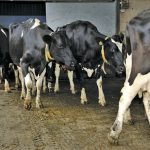
Why dairy and not beef?
Several factors favour bovine influenza A detection on dairy versus beef farms
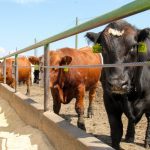
Bovine flu a reminder of risk management in markets
While recent price drops have limited options, cow-calf producers can still lock in a profit, says market analyst

Bird flu pushes US dairy farmers to ban visitors, chop trees
North Carolina joins total states reporting outbreaks of avian influenza dairy herds
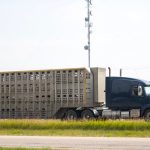
Seventeen U.S. states restrict cattle imports from avian flu-infected areas
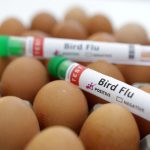
U.S. cattle vets rename bovine bird-flu
CDC asks state health authorities to have plans in place to test, treat farm workers; says risk to humans still low
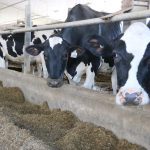
USDA sheds new light on bird flu dairy herd infections
Virus may have been spread through milking equipment, dairy workers

Explainer: Avian flu in dairy cows warrants close attention
Farmers should identify unusual signs of disease in cattle and have them examined by a veterinarian

